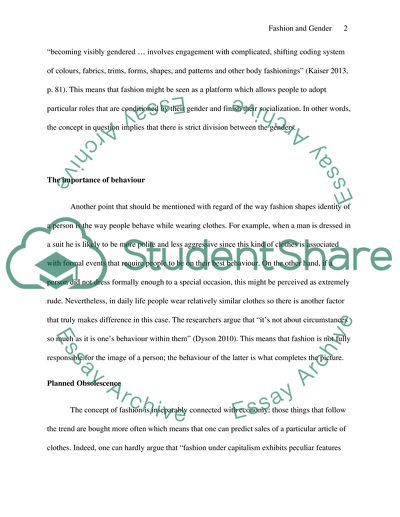Cite this document
(“Fashion and Gender Essay Example | Topics and Well Written Essays - 2000 words”, n.d.)
Retrieved de https://studentshare.org/social-science/1679692-fashion-and-gender
Retrieved de https://studentshare.org/social-science/1679692-fashion-and-gender
(Fashion and Gender Essay Example | Topics and Well Written Essays - 2000 Words)
https://studentshare.org/social-science/1679692-fashion-and-gender.
https://studentshare.org/social-science/1679692-fashion-and-gender.
“Fashion and Gender Essay Example | Topics and Well Written Essays - 2000 Words”, n.d. https://studentshare.org/social-science/1679692-fashion-and-gender.


